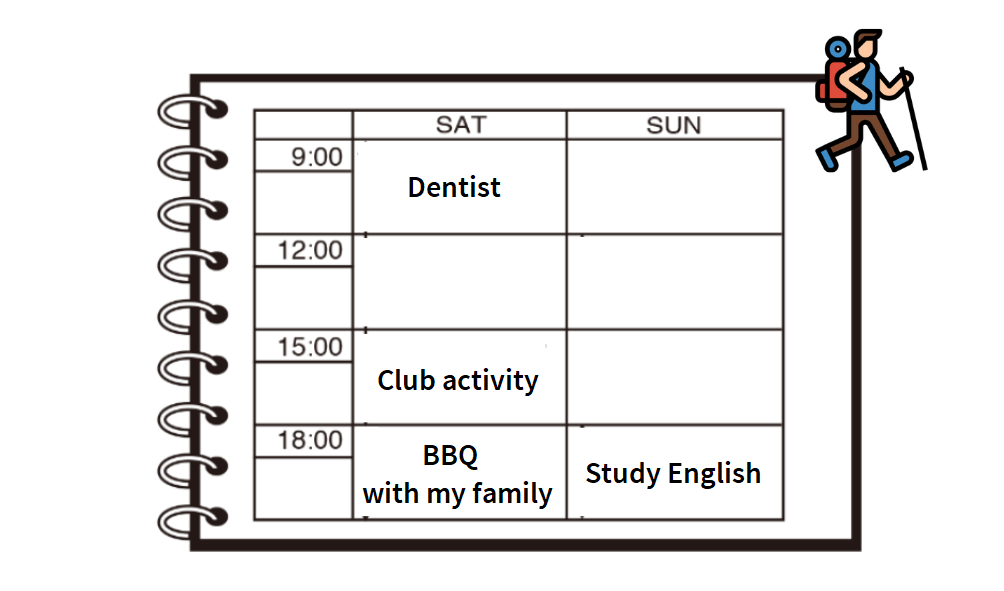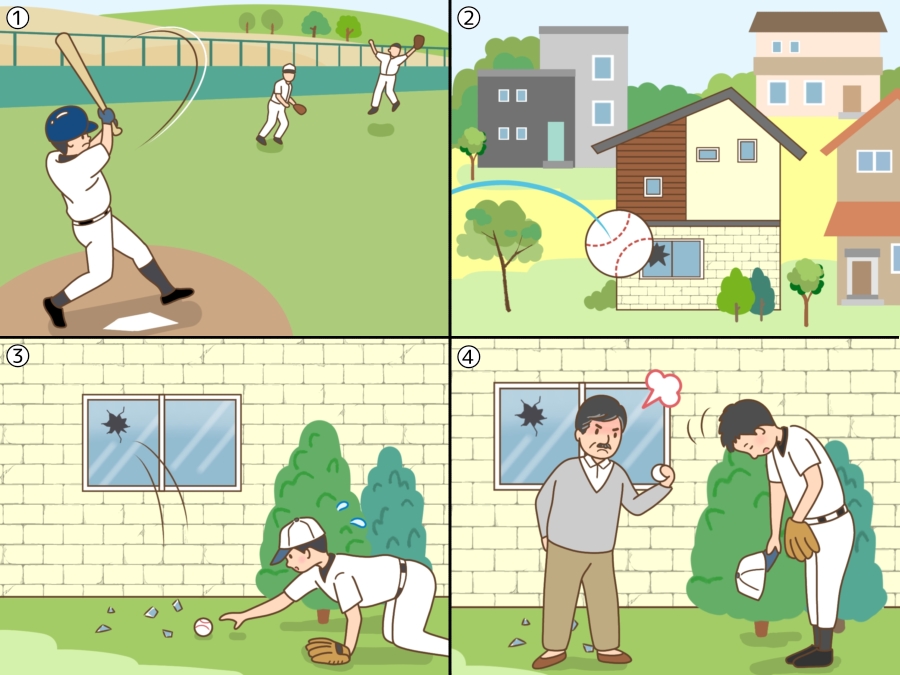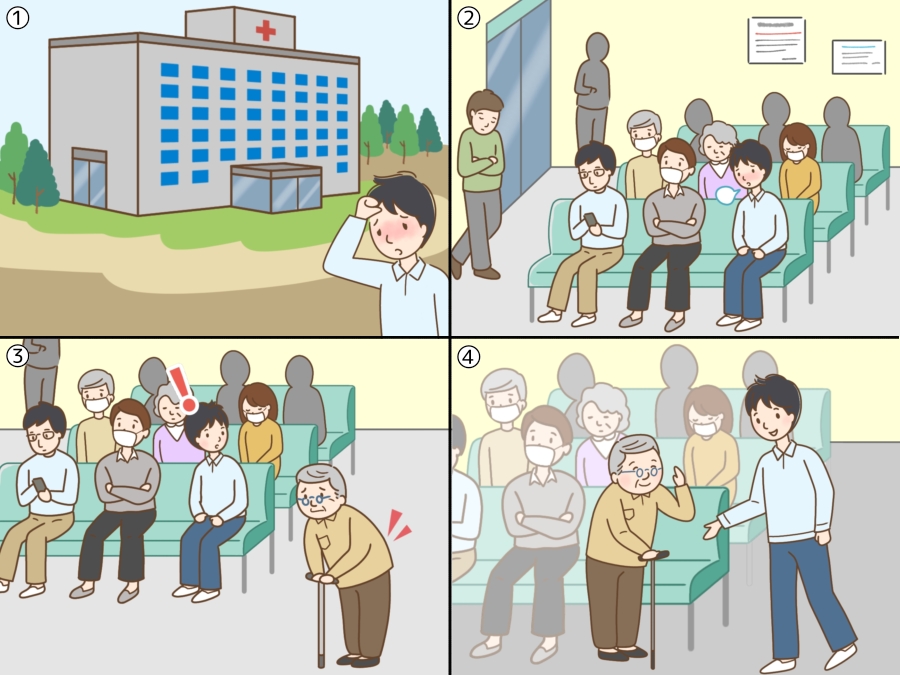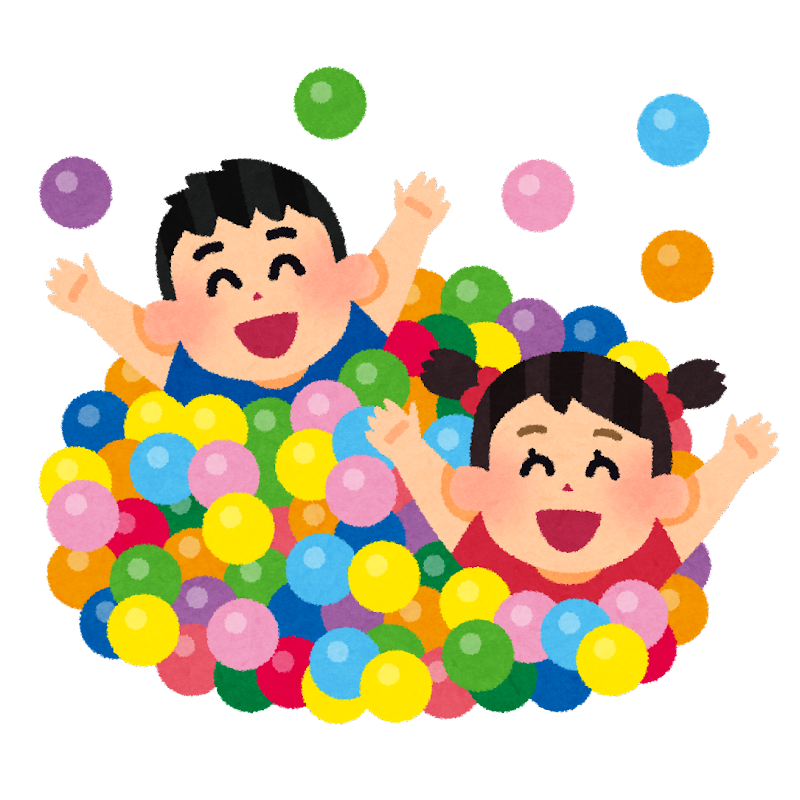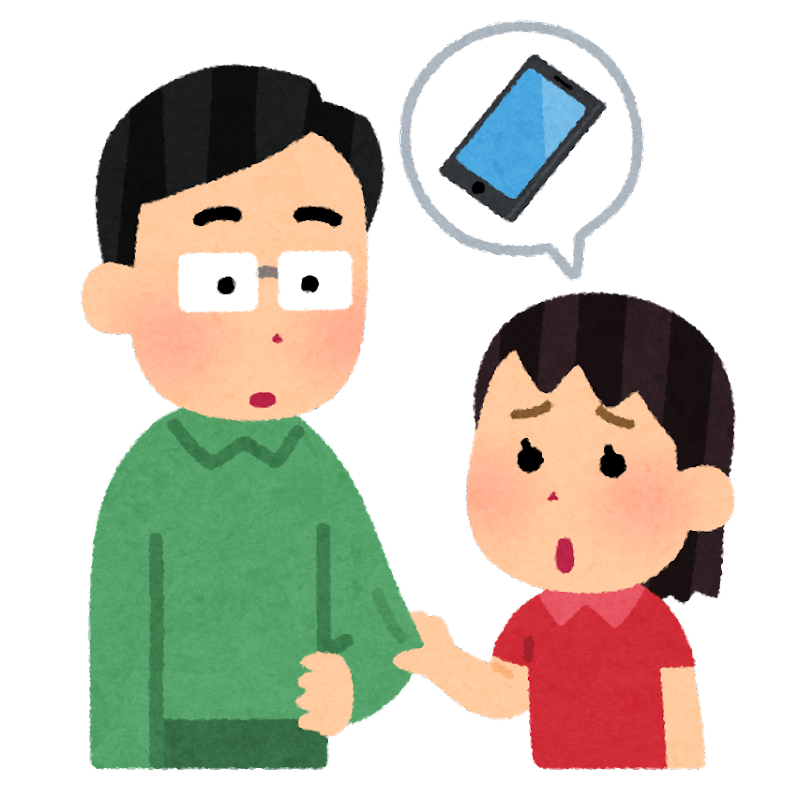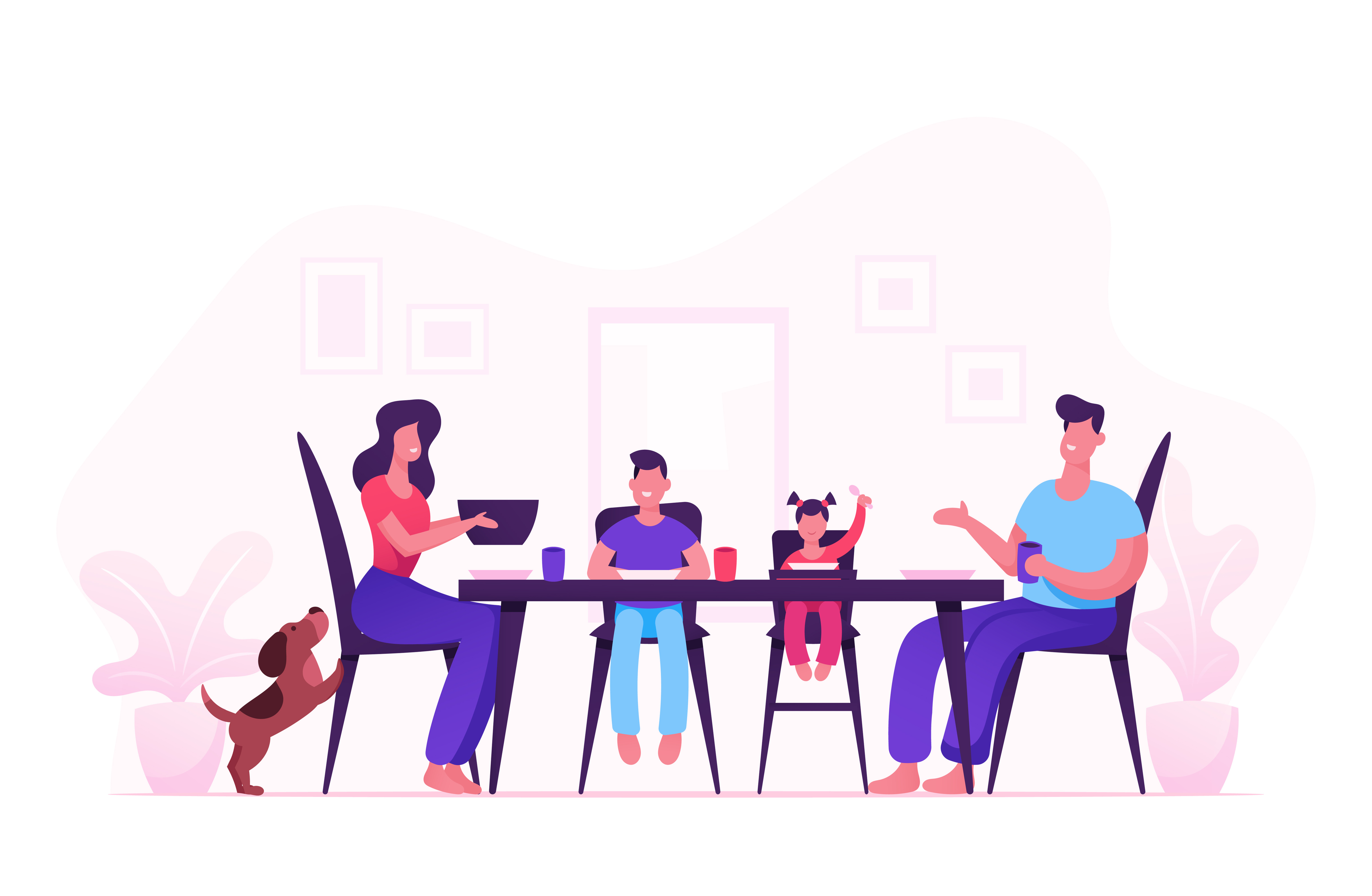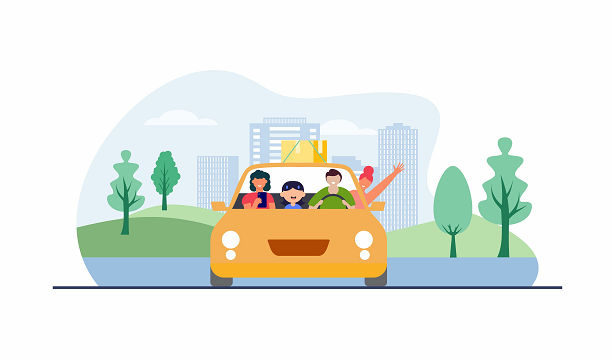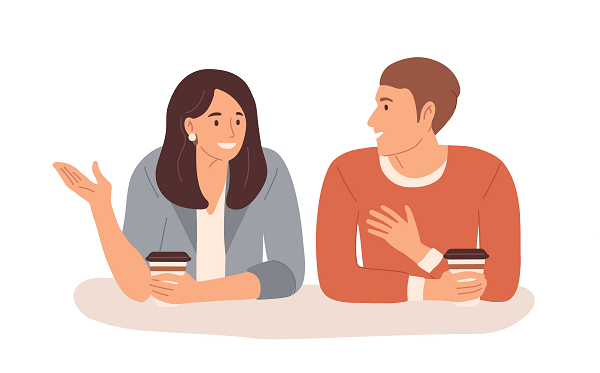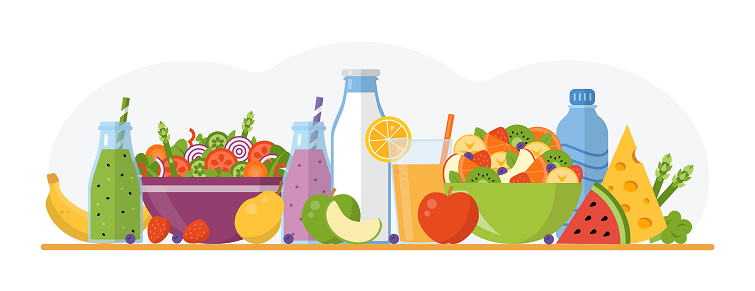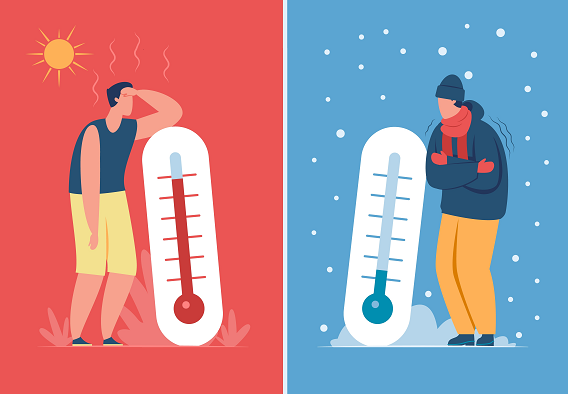PART A_1
Please read aloud the following passage. You have 30 seconds to prepare and 40 seconds to read aloud.
I will check your pronunciation, stress, and intonation.
I will check your pronunciation, stress, and intonation.
以下の文章を音読しましょう。準備時間は30秒、音読時間は40秒です。
講師が発音、強勢、イントネーションについて確認します。
講師が発音、強勢、イントネーションについて確認します。
(Please send the mispronounced words and expressions to your student.)
PART A_2
あなたは留学中の生徒です。新しい学校のスケジュールについて校内案内をすることになりました。以下の文章を音読してください。
(You are studying in a foreign school, and you will make an announcement about a new school schedule. Read aloud the script below.)
Good morning, everyone. We will have a new school schedule after winter vacation on January 9th. Instead of starting at 8:30 a.m., our classes will start at 8:45 a.m., and some lessons have been changed. You can see a more detailed schedule on our school website. Thank you, and have a great day.
PART A_3
Now, let’s review some words and sentences from Part A_2.
ではいくつかの単語と文章を復習してみましょう。
(Please review the mispronounced words and expressions from Part A_2.)
PART A_4
PART A_5
Please read aloud the following passage. You have 30 seconds to prepare and 40 seconds to read aloud.
I will check your pronunciation, stress, and intonation.
I will check your pronunciation, stress, and intonation.
以下の文章を音読しましょう。準備時間は30秒、音読時間は40秒です。
講師が発音、強勢、イントネーションについて確認します。
講師が発音、強勢、イントネーションについて確認します。
(Please send the mispronounced words and expressions to your student.)
PART A_6
あなたはホームステイ中の留学生です。ホストシスターに絵本を読んであげることになりました。聞いている人に伝わるように、下の英文を読み上げてください。
(You are a student on homestay. You are going to read a story to your host sister. Read aloud the script below.)
One day, a girl named Carla is walking down the street. And then, she saw a balloon. It was floating in the air. She wondered, “Why is it floating in the air?” So she went near the balloon and found out that there was a person holding it. Because she is friendly, she wanted to talk to the person. And then, both of them became friends.
PART A_7
Now, let’s review some words and sentences from Part A_6.
ではいくつかの単語と文章を復習してみましょう。
(Please review the mispronounced words and expressions from Part A_6.)
PART A_8
PART B_1
Let’s study the example below. I will read the sample questions, and you will read the sample answers.
下の例を見てみましょう。講師がサンプルの質問を読むので、あなたはサンプルの答えを読みましょう。
PART B_2
あなたは友達をナイトサファリツアーに誘っています。料金表をもとに、質問に英語で答えてください。
(You are asking your friend to go to the night safari tour. Look at the price list and answer the questions.)
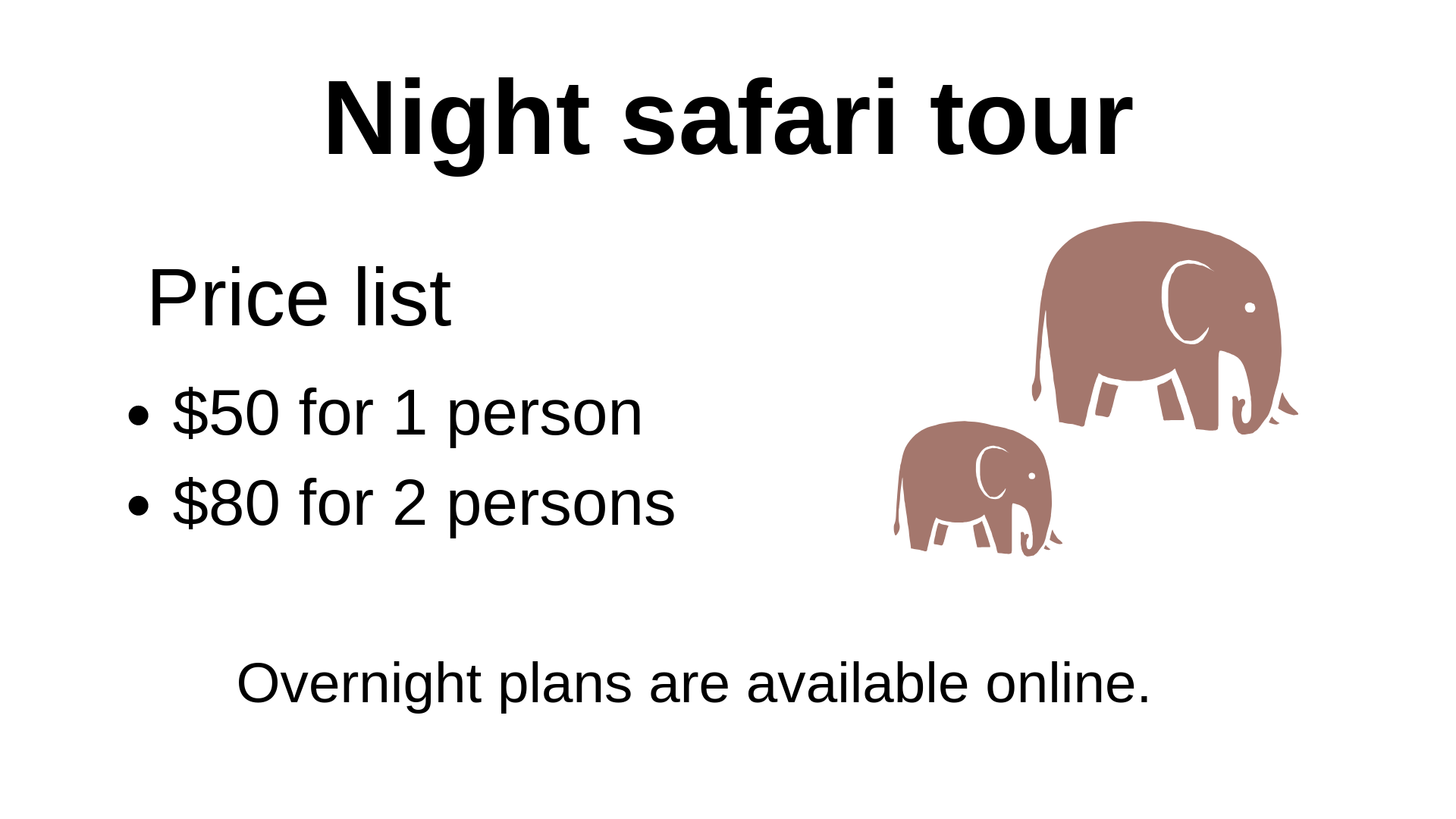
|
Sample Question 1:
|
How much does it cost to buy three tickets? |
|
Sample Answer 1:
|
It costs $130 to buy three tickets. |
|
Sample Question 2:
|
What can we do online? |
|
Sample Answer 2:
|
We can book overnight plans online. |
PART B_3
You will answer the questions based on the data below.
You have 10 seconds to prepare and 15 seconds to answer each question.
I will check if your sentences are complete and if the grammar is correct.
You have 10 seconds to prepare and 15 seconds to answer each question.
I will check if your sentences are complete and if the grammar is correct.
以下の情報をもとに、質問に答えましょう。
準備時間は10秒、回答時間はそれぞれ15秒です。講師は文法と完全な文章であるかを確認します。
準備時間は10秒、回答時間はそれぞれ15秒です。講師は文法と完全な文章であるかを確認します。
PART B_4
あなたは好きなアーティストのコンサートに行こうとしています。ポスターをもとに、質問に英語で答えてください。
(You are planning to go to your favorite artist’s concert. Look at the poster and answer the questions.)

| 1. | How can we get tickets? |
| Answer: | |
| 2. | What time does the concert start? |
| Answer: |
PART B_5
Now, let’s review your answers.
ではあなたの答えを復習してみましょう。
(Please review your student’s answers by sending the correct answers. You may also give tips.)
(The answer to question 1 is, “I can get tickets by calling the number on the poster.” Please make sure to let your student answer in a complete sentence.)
(The answer to question 1 is, “I can get tickets by calling the number on the poster.” Please make sure to let your student answer in a complete sentence.)
PART B_6
PART B_7
You will answer the questions based on the data below.
You have 10 seconds to prepare and 15 seconds to answer each question.
I will check if your sentences are complete and if the grammar is correct.
You have 10 seconds to prepare and 15 seconds to answer each question.
I will check if your sentences are complete and if the grammar is correct.
以下の情報をもとに、質問に答えましょう。
準備時間は10秒、回答時間はそれぞれ15秒です。講師は文法と完全な文章であるかを確認します。
準備時間は10秒、回答時間はそれぞれ15秒です。講師は文法と完全な文章であるかを確認します。
PART B_8
あなたは友人と映画を見ようとしています。スケジュールをもとに、次の質問に英語で答えてください。
(You are planning to watch movies with your friend. Look at the schedule and answer the questions.)

| 1. | When and where does the horror movie play? |
| Answer: | |
| 2. | What movie can we see at 3:00 p.m.? |
| Answer: |
PART B_9
Now, let’s review your answers.
ではあなたの答えを復習してみましょう。
(Please review your student’s answers by sending the correct answers. You may also give tips.)
(The answer to question 1 is, “It will play at 11 o’clock in the morning at theater 3.” Please make sure to let your student answer in a complete sentence.)
(The answer to question 1 is, “It will play at 11 o’clock in the morning at theater 3.” Please make sure to let your student answer in a complete sentence.)
PART B_10
PART C_1
This is a story that the character experienced. Please tell the story to your tutor. You have 30 seconds to prepare and 60 seconds to answer. I will check if your sentences are complete and if the grammar is correct.
登場人物になったつもりで、出来事を講師に話しましょう。準備時間は30秒、回答時間は60秒です。講師は文法と完全な文章であるかを確認します。
PART C_2
先日登場人物が経験した以下の出来事を、留学生の友人に話すことになりました。英語で伝わるように話してください。
(You will tell the story that the character experienced to your foreign friend. Describe it in English.)
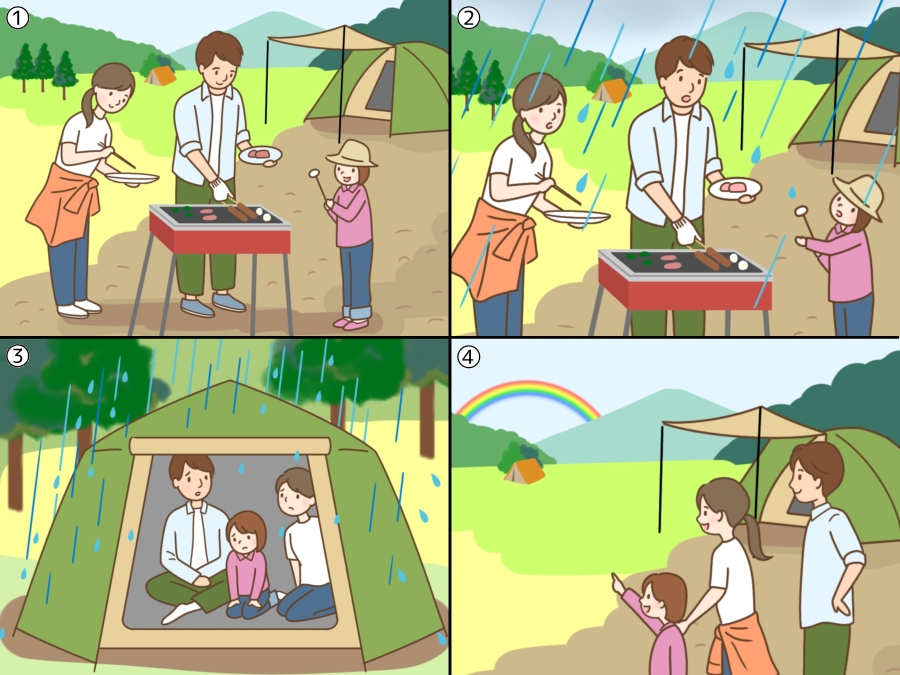
|
Answer:
|
PART C_3
Now, let’s review your answer.
では、あなたの答えを復習してみましょう。その後、修正したあなたの答えを読んでみましょう。
(Please help your student convey his or her answer effectively by connecting the situations using conjunctions, correct grammar, and complete sentences. After that, ask your student to state his or her corrected answer.)
PART C_4
PART C_5
Now, we’ll read the sample answer. Please repeat after me.
では、講師のあとに続いて、模範解答を読んでみましょう。
PART C_6
A family was camping on a mountain. They were having a barbecue. But then it started raining. Unfortunately, they had to stay in a tent. After that, it stopped raining, and they could see a rainbow. They were happy.
PART D_1
Let’s study the example below. I will read the sample question, and you will read the sample answer.
下の例を見てみましょう。講師がサンプルの質問を読むので、あなたはサンプルの答えを読みましょう。
PART D_2
英語のクラスで以下のテーマについての意見を発表することになりました。自分の考えとその理由を具体的に、また相手に伝わるように説明してください。
(You will express your opinion about the following topic in English class. Tell your idea with supporting reasons.)
|
Sample Question:
|
Some people say that walking is good for one’s health. What do you think about that? |
|
Sample Answer:
|
I agree that walking is good for one’s health. I have several reasons for this. First, it reduces the risk of diseases. Some examples are heart attack, stroke, and high blood pressure. Second, some studies say that physical exercise can reduce stress. This helps us sleep better and be in a good mood. So, I agree that walking is good for our health. |
PART D_3
Express your opinions on the following topics. You will be asked to give two answers. Your first answer should start with “I agree ~”. Your second answer should start with “I disagree ~”.
Now, please give your first answer starting with “I agree ~.” Give at least two reasons to support your opinion. You have 60 seconds to prepare and 60 seconds to answer.
Now, please give your first answer starting with “I agree ~.” Give at least two reasons to support your opinion. You have 60 seconds to prepare and 60 seconds to answer.
賛成、反対両方の意見を表現してみましょう。まずは2つ以上の理由をつけて、賛成意見を述べましょう。
準備時間は60秒、回答時間は60秒です。回答は「I agree ~.」で始めてください。
準備時間は60秒、回答時間は60秒です。回答は「I agree ~.」で始めてください。
PART D_4
英語のクラスで以下のテーマについての意見を発表することになりました。自分の考えとその理由を具体的に、また相手に伝わるように説明してください。
(You will express your opinion about the following topic in English class. Tell your idea with supporting reasons.)
| I agree |
PART D_5
Now, let’s review your answer.
では、あなたの答えを復習してみましょう。その後、修正したあなたの答えを読んでみましょう。
(Please send the corrected answer to your student.)
PART D_6
PART D_7
Now, we’ll read the sample answer. Please repeat after me.
では、講師のあとに続いて、模範解答を読んでみましょう。
PART D_8
I agree that schools should not have school uniforms. I have several reasons for this.
First, students will not be able to show their individuality while wearing school uniforms. Choosing their clothes is one way to express themselves, and there are some students who don’t want to wear skirts or pants.
Second, school uniforms cannot be washed every day. It is not clean if you keep wearing the same clothes. In addition, you have to take them to the dry cleaners and pay for them to be washed.
So I think schools should not have school uniforms.
PART D_9
Now try to express your opinion in the opposite situation. Give at least two reasons to support your opinion. You have 60 seconds to prepare and 60 seconds to answer. Your answer should start with “I disagree ~.”
次に反対の立場になって意見を表現しましょう。回答は「I disagree ~.」で始め、2つ以上の理由を述べてください。準備時間は60秒、回答時間は60秒です。
PART D_10
英語のクラスで以下のテーマについての意見を発表することになりました。自分の考えとその理由を具体的に、また相手に伝わるように説明してください。
(You will express your opinion about the following topic in English class. Tell your idea with supporting reasons.)
| I disagree |
PART D_11
Now, let’s review your answer.
では、あなたの答えを復習してみましょう。その後、修正したあなたの答えを読んでみましょう。
(Please send the corrected answer to your student.)
PART D_12
PART D_13
Now, we’ll read the sample answer. Please repeat after me.
では、講師のあとに続いて、模範解答を読んでみましょう。
PART D_14
I disagree that schools should not have school uniforms.
The first reason is that school uniforms can reduce the time for choosing clothes in the morning. They don’t need to worry about what they wear every day.
Another reason is that school uniforms can increase student safety. People can recognize young people as students by seeing their school uniforms. Neighbours can keep watch over them for any risks.
So, I think schools should have school uniforms.
PART E_1
Now, let’s do a free talk about the following topic.
以下のトピックについてフリートークをしましょう。
(Please do a free talk if you have time left.)
PART E_2
What is your favorite movie? Why do you like it? Please tell me more about it.
PART E_3










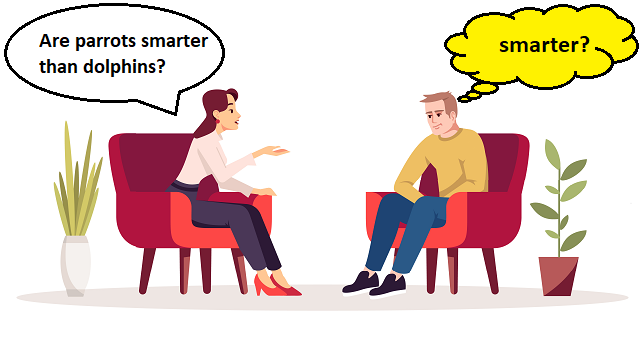
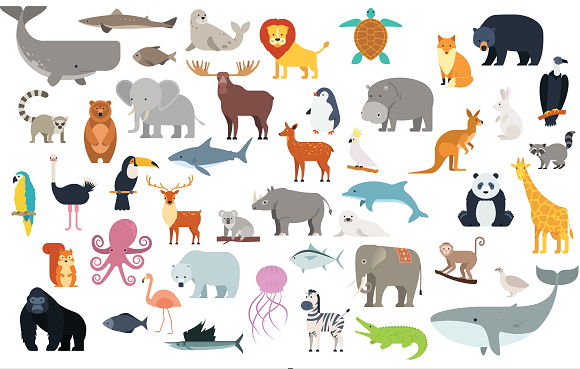
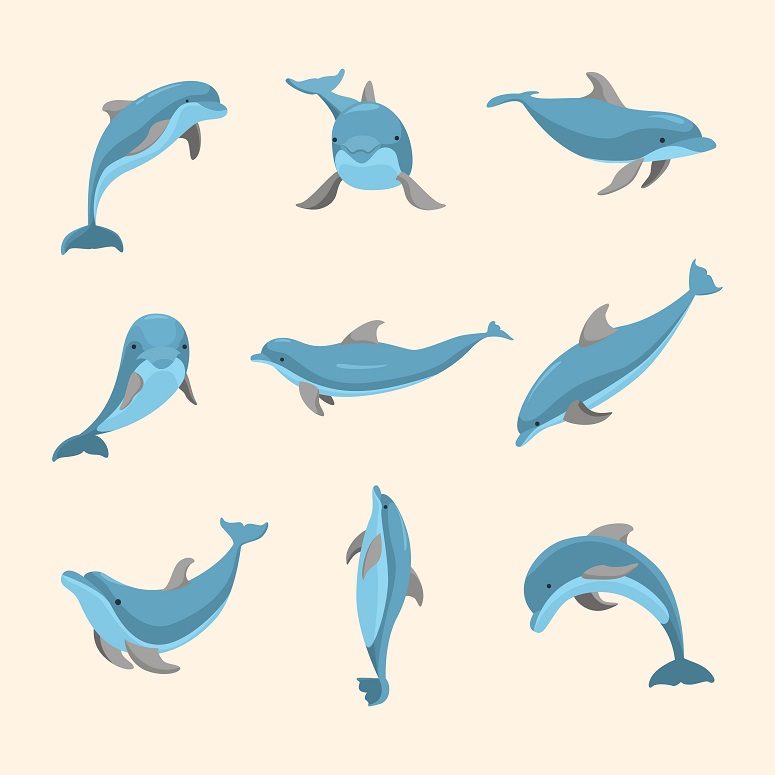




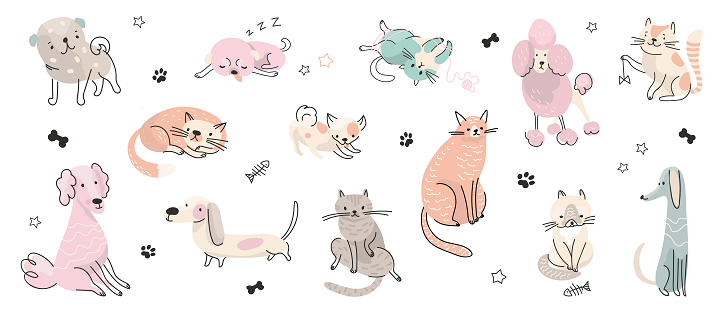


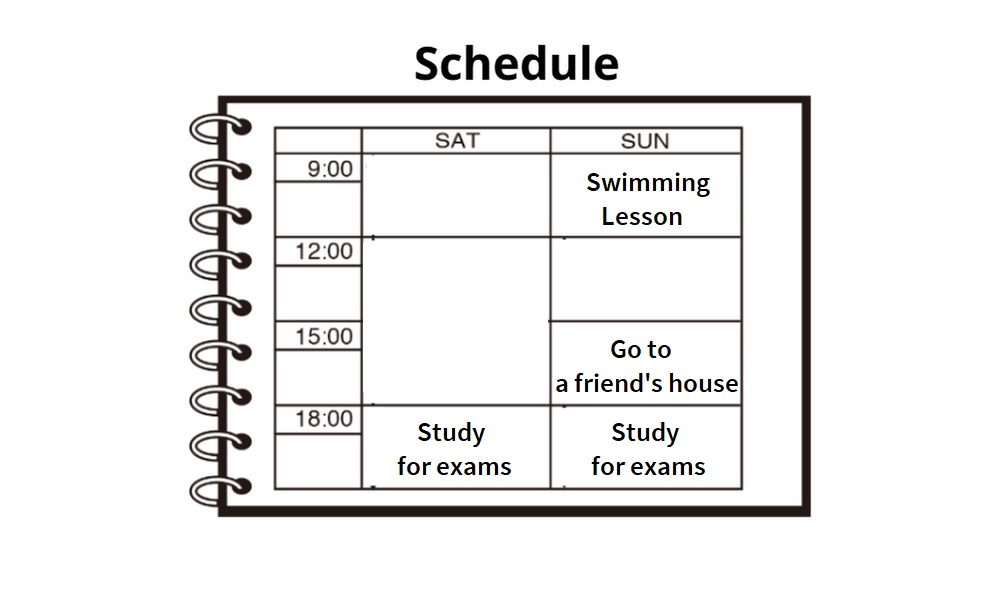
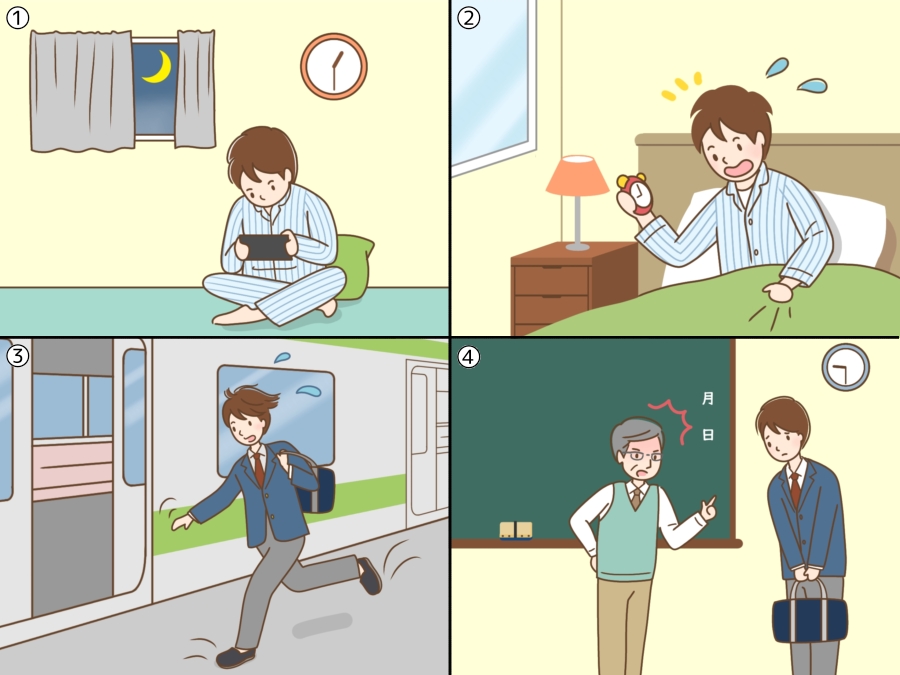


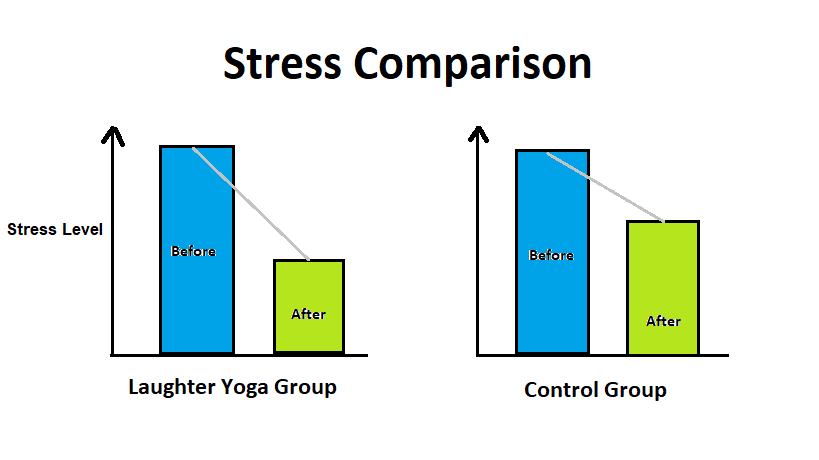
 GOOD
GOOD 


